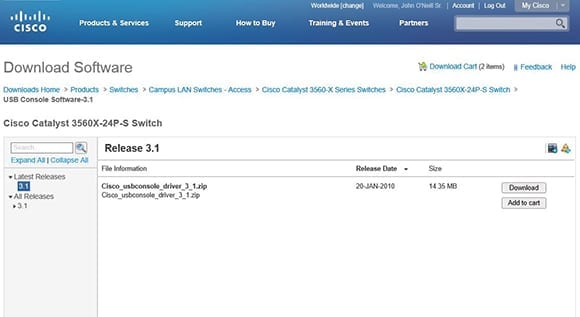
Well, this part is done and we can proceed with the policy configuration.Īs well as with previous images, you should either “Add” new policy or “Edit” existing one. This URL will be used further when you will establish VPN connection, so we will enter “” in Cisco An圜onnect Client. But before we jump into policy configuration, we need to create necessary alias and URL in order to have possibility to connect this certain profile and get these certain routes. The most important option here is “Group Policy”, where you configure the parameter os the tunnel, supported protocols and split tunnel also. It is the main pane for the configuration of the An圜onect Profile, and from here you have access to all details. In our case the necessary profile is already configured, so we use “Edit”. To create new you should press “Add” and to modify the existing one you should press “Edit”. So you get there via “Configuration” -> “Remote Access VPN” -> “An圜onnect Connection Profile”. Let’s take a look how the configuration at Cisco ASA must be done.įirst of all you should configure An圜onnect Profile on remote access VPN tab. To be more precise, let’s say that we want to provide access to the network 10.195.1.0/24 for the customers. The underlying transport can be either SSL or IPSec, but in any case this configuration is done at the VPN head-end.
#CISCO ANYCONNECT VS IPSEC VPN CLIENT SOFTWARE#
How it works – Cisco An圜onnect ClientĬisco An圜onnect Client is the only software client by Cisco that should be used now. However remote access VPN helps you simplify the management for the connectivity service, as you just have to configure one profile for all external users. If you need to provide access for this service for a lot of employees, then you should use Site-to-Site VPN. If your company uses some external applications or databases that demands access to the internal resources of another company or you provide such service yourself, split tunneling is a key option for you. I can provide you real world scenario, where you can use such solution. Split tunneling has quite straightforward logic in its background.

If you name is “ABC” and you are authenticated then you can access network “192.168.1.111/32” In a couple of words you we can explain this process as follow. Split tunneling in remote access VPN is realized usually by authorization process.

Previously it was also Cisco VPN Client, but it is End of Life and End of Support today. Also the client is usually Cisco An圜onnect now. So all the configuration is done at the VPN head-end, which is usually Cisco ASA nowadays if we speak about Cisco Systems. In case of remote access VPNs either we use IPSec of SSL, we don’t have any access-lists configured at the client side. Interesting traffic means that IP packets of this flow correspond to source/destination IP addresses and/or transport ports in access-list associated with VPN. If we speak about ordinary IPSec VPN, such splitting is achieved by access-lists (ACL), which chose interesting traffic.

In case of the VPN tunnel we split the traffic so that one its part is send through the tunnel, whereas the second part is sent normally via your local network (LAN). The main idea of spilt tunnelingįrom the wording itself you can understand that we split something. And though they are not necessary related to SP filed, they have a significant practical value and can help you to shorten the time for implementation and troubleshooting of the networking solutions. On the other hand there are a lot practical cases that happen at my job. One of the main objectives of my blog is to help you and me with preparation for CCIE SP.

Both Cisco VPN Client and Cisco An圜onnect Client provide you such possibility, so we will compare them and outline the differences in configuration. It’s quite good technology that can help you to introduce new services into your network on per user basis without necessity of building Site-to-site VPN. In this article I want to cover the topic of the split tunneling, which is part of VPN technologies.


 0 kommentar(er)
0 kommentar(er)
